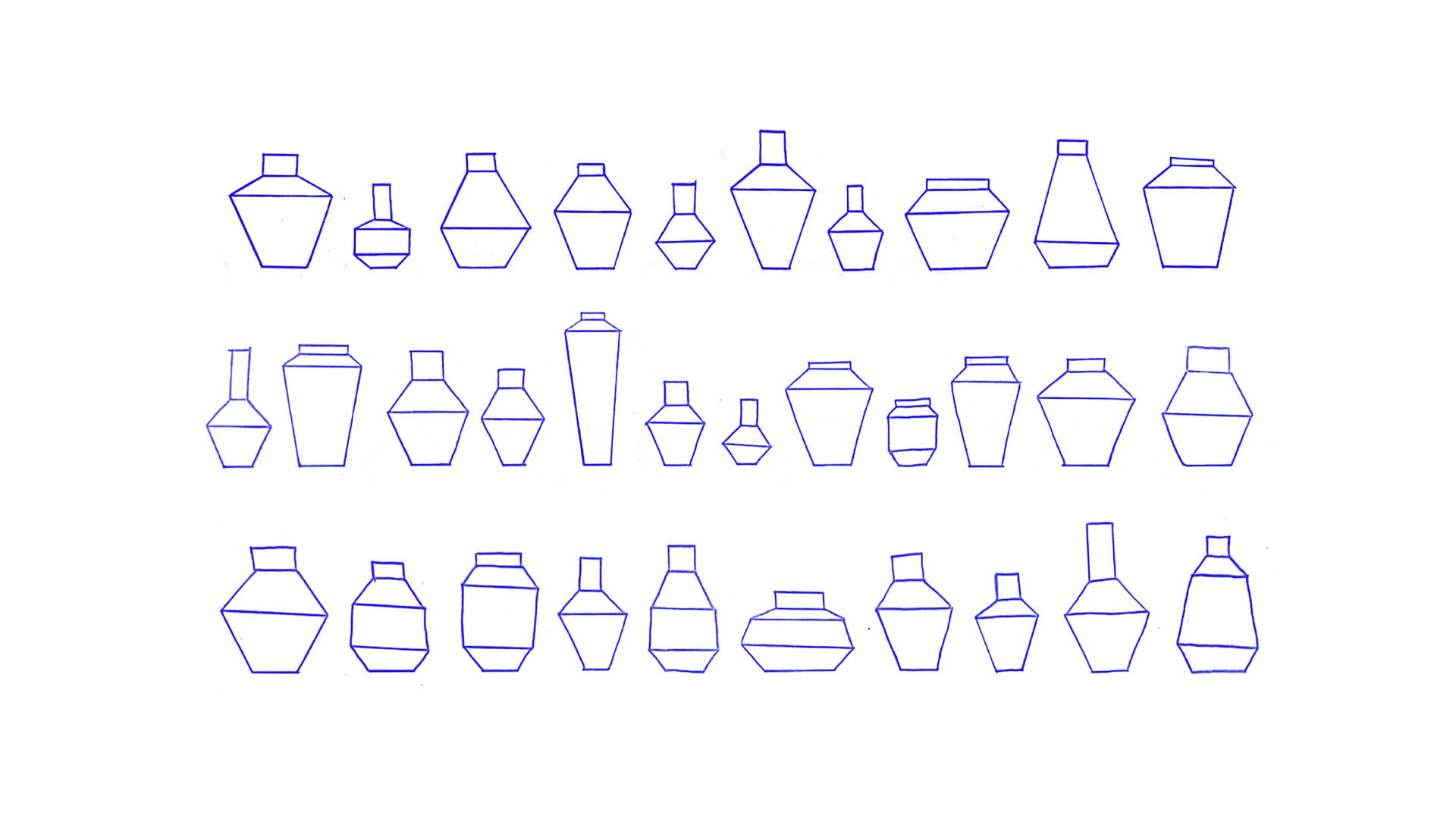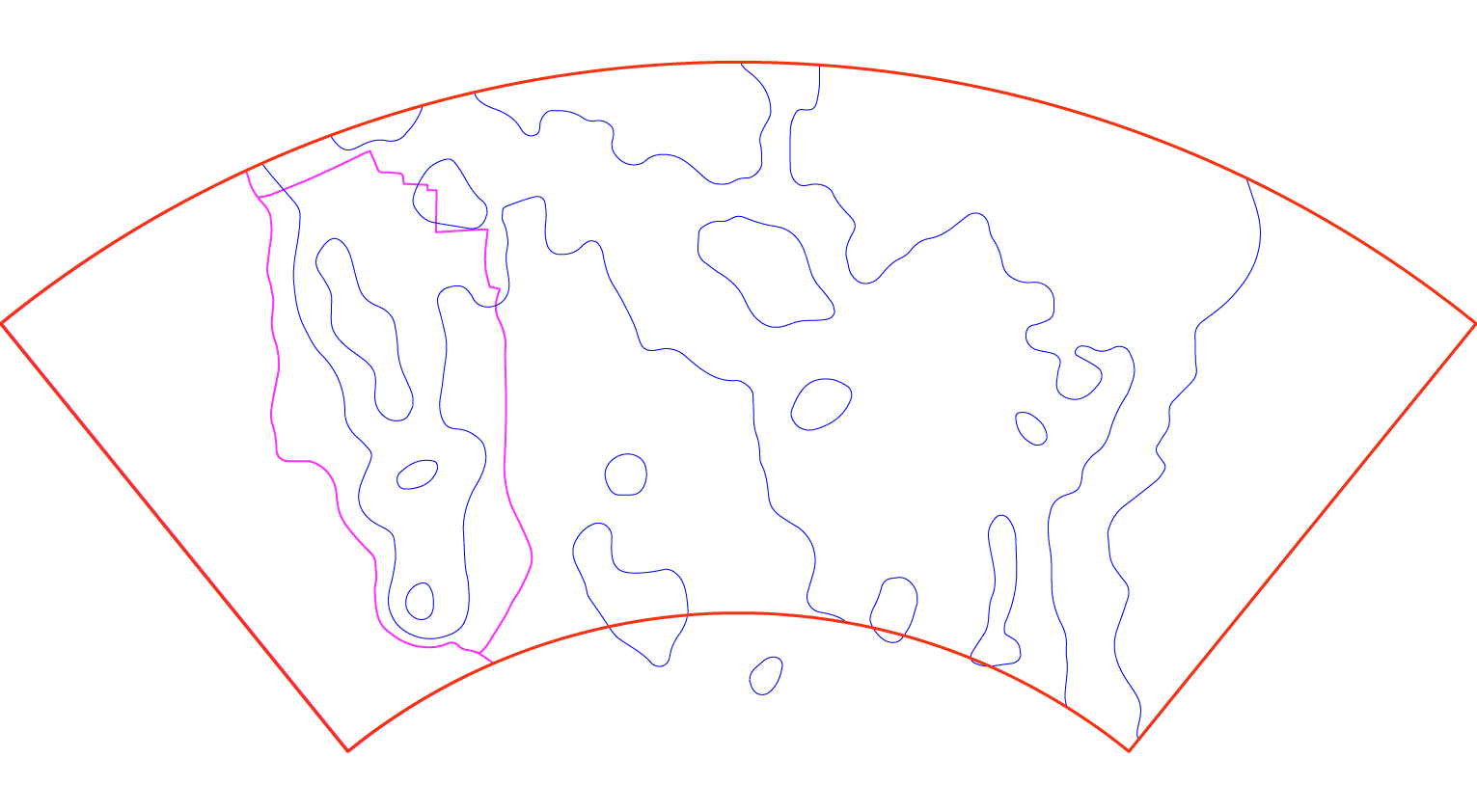
Stateless Heritage
2022
تراث بلا وطن
Stateless Heritage is a collection of jars that reimagines and reconnects Palestinian handicrafts through a contemporary lens. The project merges my design practice with the expertise of three Palestinian artisans working in traditional crafts: glassblowing, pottery, and embroidery.
Due to restrictions on movement and access imposed on these craftspeople, the only place and state their practices can meet today is through the objects themselves. Topographic maps carved across the surfaces of the jars becomes the space where fragmented geographies, people and their craft are reunited, forming connections that remain impossible in real life.
The project explores how heritage can be activated through design, highlighting the potential of contemporizing marginalized crafts. By layering these ancestral techniques with new graphic content, Stateless Heritage invites viewers to reflect on the meanings these objects carry and to engage with traditional crafts in an untraditional way.
1/4 Palestinian women carrying water jars
At the heart of the making is the Palestinian water jar “jarrah”, a nourishing vessel once carried by women from the well to the home. It was a tangible part of daily life. Its form and meaning offered a fitting base for the project, to the different materials, handcraft techniques, and design processes involved. By returning to this everyday object, the project reactivates a symbol of care, resilience, and continuity by carrying something forward, both literally and culturally.
2/4 Library of jars
In order to visually and practically connect the different crafts, I searched for a form that could serve as a common foundation, a shape from which a consistent design language could emerge. I built a library of ancient Palestinian water jars, studying their silhouettes and distilling them into simplified forms using straight lines.
The design process grew out of an understanding of the artisans’ individual skills and the possibilities within their traditional techniques. It was shaped by a desire to express my design values in dialogue with their craft. Rather than dictating fixed forms, the jars were developed through layout-based designs, structures that could adapt to the material logic of each technique, while holding the collection together as a unified whole.
3/4 Topographic maps
I was able to move freely between places that are otherwise fragmented, crossing boundaries that restrict access and movement for many. I chose to bring this geographical journey onto the surface of the objects, using topographic maps that I created to connect the three locations where I worked: Jaffa, Jaba', and Dheisheh Refugee Camp.
Through these maps, the jars connect places and traditions that cannot connect in reality today: a geographical connection, a human connection, and a traditional one. Each jar holds within it a quiet act of reunion, bridging spaces through form and craft.
4/4 Working with three artisans
Throughout the journey I was privileged to work with a number of people who welcomed me and patiently into their homes and workshops and allowed me to work alongside them despite the challenges.
Working together posed challenges for them and for me and allowed for meaningful learning about myself, about craft, design and working together.



